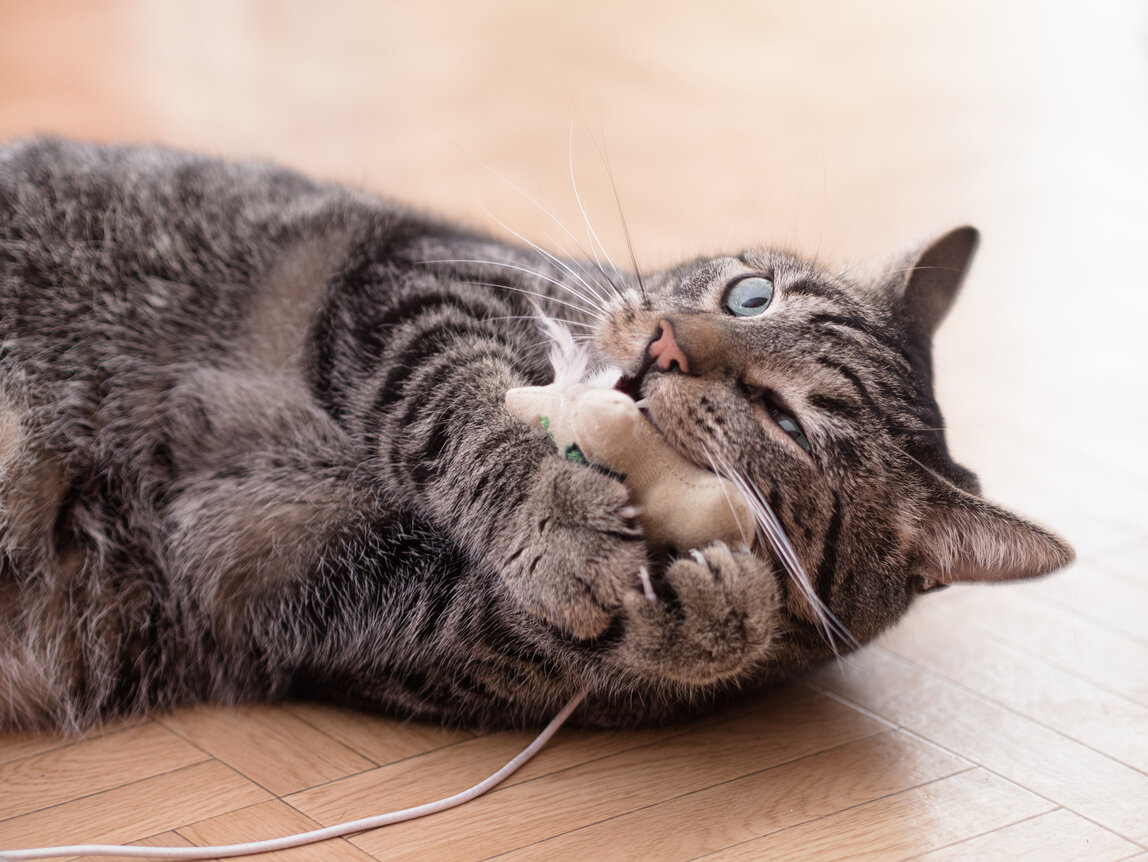Understanding Cat Behaviour: Decoding Your Feline Friend’s Body Language

Cats have long been cherished companions, enchanting us with their enigmatic behaviour. Yet, deciphering their cryptic signals is not always a walk in the park. In this post, I aim to shed light on the importance of understanding cat behaviour, unveiling the subtle messages your furry friend conveys through their body language.
The language of tails
Tails are eloquent storytellers in the world of felines. When a cat’s tail is held high, it typically signifies confidence and a sense of contentment. Conversely, a tucked tail indicates fear or submission. When a cat’s tail is lashing or twitching, it can be a sign of irritation. Understanding these tail positions can help you gauge your cat’s mood and respond accordingly.
Ears speak volumes
Cats are equipped with incredibly mobile ears, capable of expressing a wide range of emotions. Ears pointed forward signal curiosity, while flattened ears close to the head are a clear sign of aggression or fear. Learning to read these ear positions can enable you to approach your cat at the right moment and ensure a positive interaction.
Paws and posture
Your cat’s paws and posture can be windows into their feelings. Stretched out paws, often with kneading motions, are a sign of comfort and relaxation. On the other hand, an arched back and puffed-up fur indicate fear or agitation. Recognising these gestures can help you create a safe and comfortable environment for your cat.
The magic of whiskers
Whiskers are sensory powerhouses, and their position can offer insights into your cat’s emotional state. Forward-pointing whiskers suggest curiosity and excitement, while whiskers flattened against the face may indicate irritation or fear. Understanding the role of whiskers can help you better navigate your cat’s preferences and boundaries.
The eyes have it
A cat’s eyes are captivating and can be a clear window into their soul. Dilated pupils can signal excitement or fear, and slow blinking is often seen as a sign of affection. Knowing how to read your cat’s eyes can strengthen the bond between you and your feline friend.
Vocalisation and meows
Cats are known for their vocalisations, and each meow can carry a unique message. A high-pitched meow may express excitement or a desire for attention, while a deep, throaty meow can indicate annoyance or frustration. It’s essential to understand the context and tone of your cat’s meows to address their needs effectively.
And remember, not all purring is a sign of contentment, cats may purr when they are in pain or distress.
Biting and scratching
Biting and scratching are behaviours that can be distressing for cat owners. These actions may stem from overstimulation or fear. When you learn to recognise the signs of agitation, you can better manage these situations and keep both you and your cat safe.
Understanding your cat’s body language is a crucial aspect of responsible pet ownership. It enables you to provide the care and attention your feline companion needs, ensuring their happiness and well-being. So, whether you’re a seasoned cat owner or a newbie, take the time to decode your cat’s signals, and you’ll be rewarded with a more profound connection.
Give your feline friend a purr-fectly relaxing Autumn! Book a cat sit anytime up until December 22nd for a minimum of one week and get your first visit for free! I’ll provide your cat with personalised care, plenty of playtime and lots of love in the cosy atmosphere of their own home. Book here.
